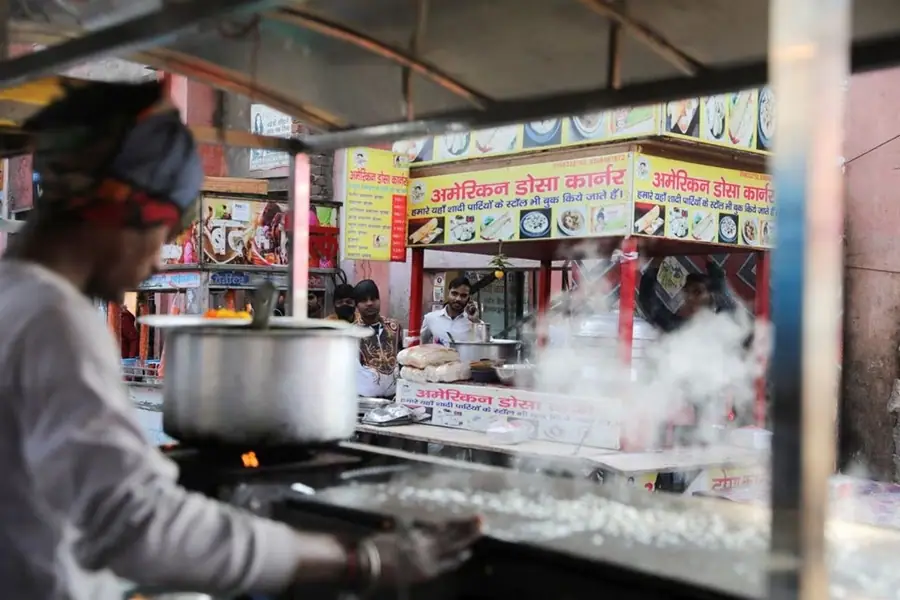BENGALURU, Nov 3 (Reuters) – India’s dominant services industry expanded at its slowest pace in seven months in October while a slight tapering in demand led to sluggish job creation, but underlying activity remained solid and exports continued to rise healthily, a survey showed on Friday.
Taken together with a cooling in the manufacturing sector last month, the result may still pose a challenge for India’s economic growth outlook which a recent Reuters poll pegged at 6.3% this fiscal year, the fastest among major countries.
The S&P Global India Services Purchasing Managers’ Index (INPMIS=ECI) fell to 58.4 last month from September’s 61.0 and lower than the Reuters poll expectation of 60.5.
Still, the reading was above the 50-mark separating growth from contraction for a 27th consecutive month.
“The Indian service economy continued to register impressive growth, despite the increases in business activity and new work intakes softening from September’s over 13-year highs,” said Pollyanna De Lima, economics associate director at S&P Global.
“Exports was an area of particular strength in October, with new business gains from Asia, Europe and the U.S. boosting growth to its second-highest in the series over a nine-year history.”
While new business – a key gauge of demand – expanded at the slowest pace in five months, exports accelerated again after easing last month from a record high in August.
The survey noted “fierce competition and subdued demand for certain types of services,” which appeared to dim the business’ outlook for the coming 12 months with the future activity sub-index falling to 63.5 from over a nine-year high in September. Employment generation eased to a three-month low.
However, it did not stop firms passing on higher input costs to customers with both input prices and prices charged rising faster than in the previous month because of inflating food, fuel and staff costs.
“Although survey participants passed these additional cost burdens on to clients, permitted by demand strength, the rise in charges could have been the trigger of the deceleration in sales growth,” added De Lima.
“Moreover, a pick-up in inflation expectations in October dampened business confidence.”
That could pose upside risks to the South Asian nation’s retail inflation, which cooled to a three-month low of 5.02% in September.
With manufacturing activity expanding at its slowest pace in eight months and services growth also cooling, the overall Composite PMI fell to 58.4 in October from 61.0.



